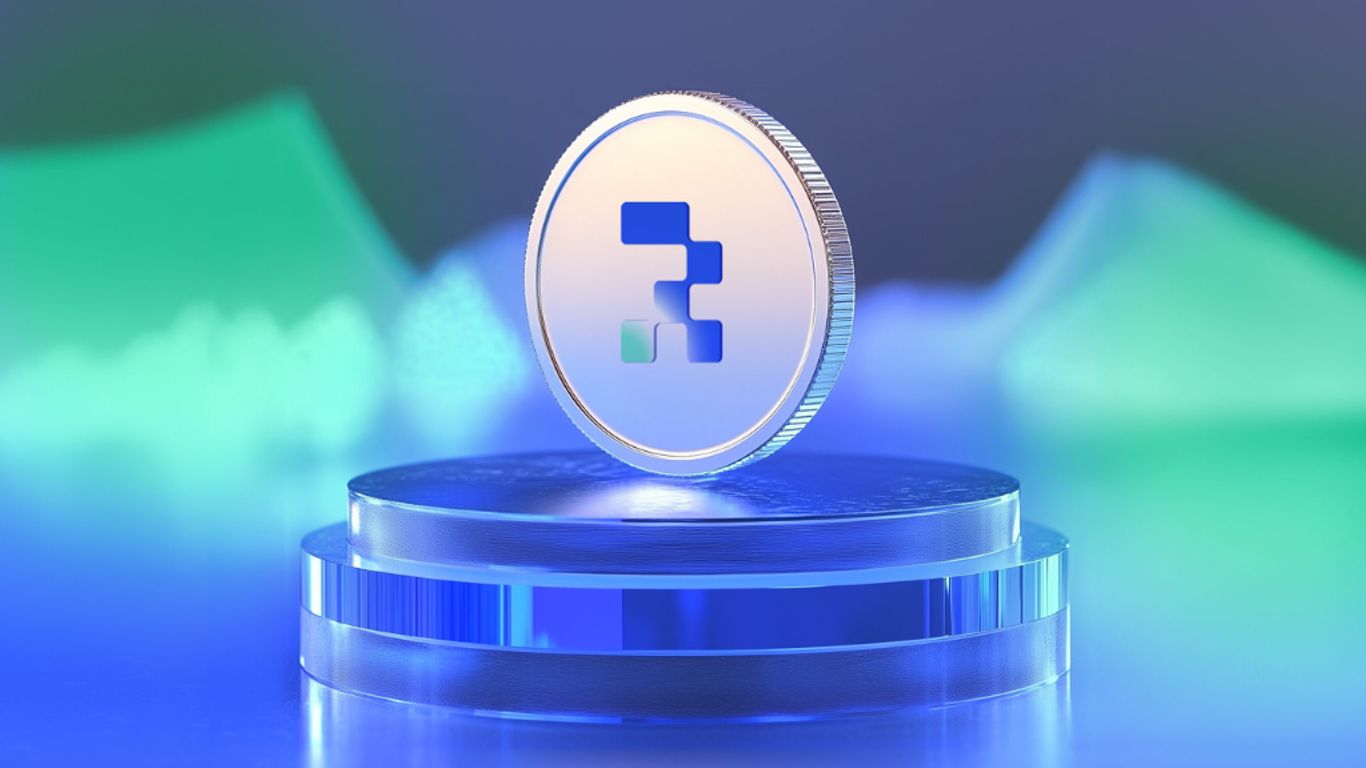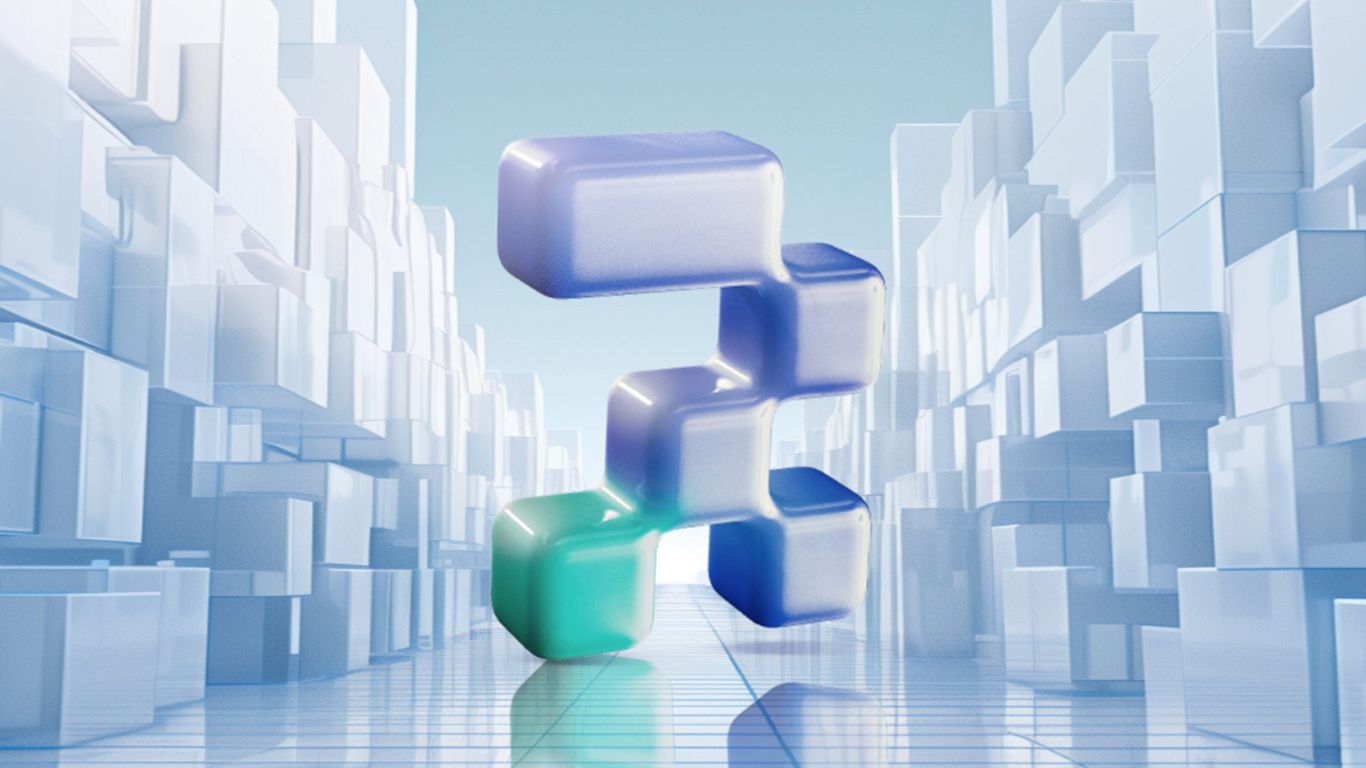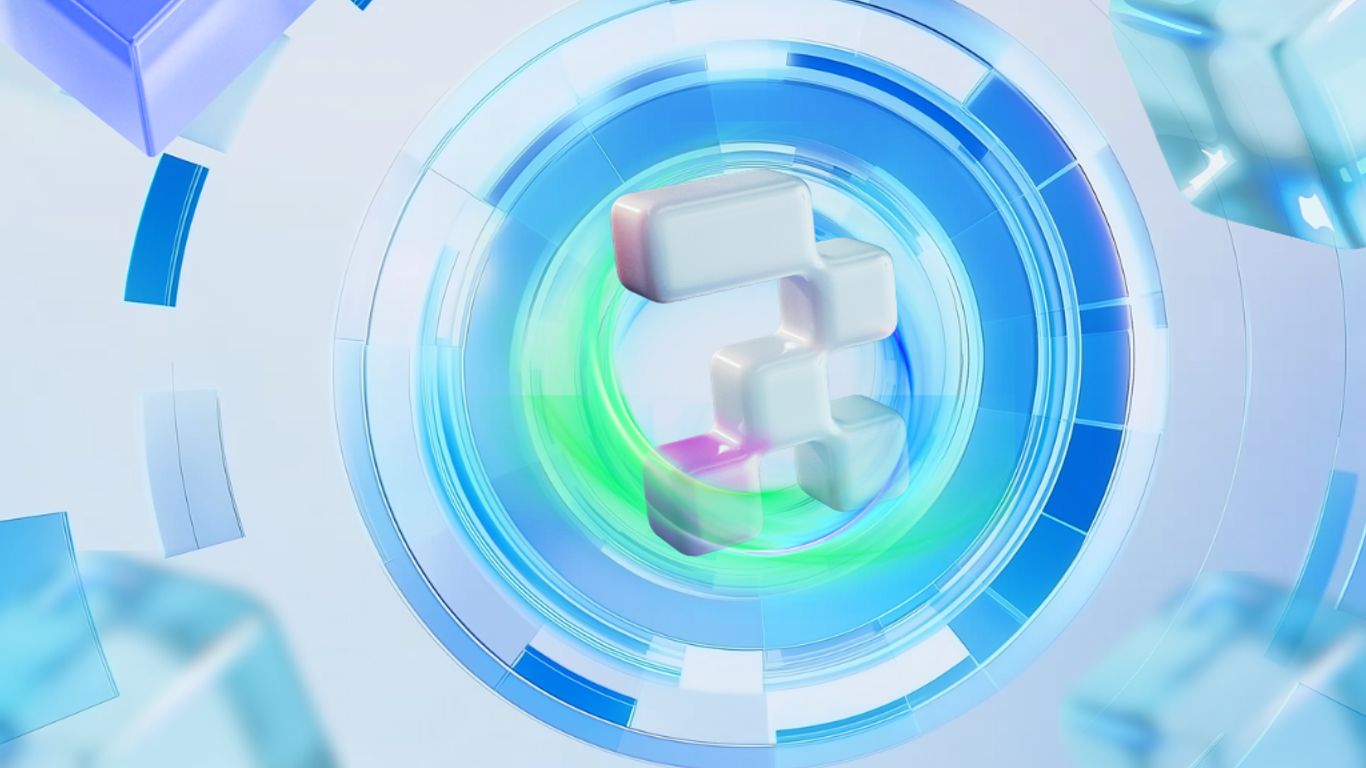So, you know how NFTs have been a big deal for digital art and stuff? Well, it turns out they're also starting to change how we think about owning real-world things. Imagine your house, a fancy painting, or even that rare baseball card you've got, all tied to a digital token. It sounds a bit wild, but this whole idea of NFT-based asset ownership is picking up speed, and it could totally shake up how we buy, sell, and keep track of our physical belongings.
Key Takeaways
- NFTs can make it easier to buy and sell physical items, like real estate, by making them digital.
- Using NFTs for physical assets can make ownership more secure and help prove something is real.
- NFTs are being used for things like houses, art, and collectibles to show who owns them.
- Each NFT has a unique ID and details that connect it to a specific physical item.
- NFT-based asset ownership could change how we manage and trade many different kinds of assets in the future.
Understanding NFT-Based Asset Ownership

Defining Non-Fungible Tokens
Okay, so what are NFTs? Basically, they're unique digital tokens. Think of them as digital certificates of ownership. Unlike cryptocurrencies like Bitcoin, where one coin is the same as another, each NFT is distinct and can't be replicated. This is what makes them "non-fungible." They're perfect for representing things that are one-of-a-kind. A real-world asset NFT is a digital representation of something tangible.
Bridging Digital and Physical Assets
NFTs are a way to link the digital world with the physical one. Imagine tokenizing real estate. Instead of dealing with paper deeds and complicated legal processes, you could own a piece of property represented by an NFT. This makes it easier to buy, sell, and transfer ownership. It's like giving a digital identity to a physical object. This asset tokenization process can vary depending on the asset.
The Role of Blockchain Immutability
One of the biggest advantages of using NFTs for asset ownership is the security and transparency that blockchain technology provides. Once an NFT is created, the record of its ownership is permanently stored on the blockchain. This makes it very difficult to tamper with or counterfeit. Think of it as a digital ledger that everyone can see, but no one can alter. This immutability is key to building trust and confidence in tokenized assets.
The blockchain's unchangeable nature is a game-changer. It creates a transparent and secure system for tracking ownership, reducing the risk of fraud and disputes. This is especially important for high-value assets like real estate or fine art.
Advantages of NFT-Based Asset Ownership
Enhancing Asset Liquidity
Okay, so one of the biggest headaches with owning stuff like real estate or fancy art is that it's hard to sell quickly. You can't just snap your fingers and turn a building into cash. But, with NFTs, things get way easier. Imagine tokenizing a house – suddenly, instead of a complicated sale process, you're just transferring a token. This makes buying and selling way faster and opens up the asset to a much bigger pool of buyers. Think of it like this:
- Traditional asset sales: Slow, paperwork-heavy, limited buyers.
- NFT-based sales: Quick, digital, global reach.
- Increased liquidity: Easier to convert assets to cash.
It's not just about speed, though. It's about access. Tokenization can break down high-value assets into smaller, more affordable chunks, letting more people get in on the action. This is a game-changer for markets that were previously only accessible to the wealthy.
Boosting Security and Authenticity
Ever worry about whether that antique you bought is the real deal? Or if someone's going to try and steal your property deed? NFTs can help with that. Because NFTs live on a blockchain, every transaction is recorded on a secure ledger. This makes it super hard to fake ownership or mess with the asset's history. It's like having a digital fingerprint that proves what's yours. Plus, smart contracts can automate the transfer of ownership, cutting out the need for middlemen and reducing the risk of fraud. Think about these benefits:
- Immutable record of ownership.
- Reduced risk of counterfeiting.
- Automated and secure transactions.
Improving Asset Traceability
Imagine being able to trace the entire history of a piece of art, from the artist's studio to every owner it's ever had. With NFTs, that's totally possible. Each NFT has a unique TokenID and metadata that can store all sorts of information about the asset. This makes it way easier to verify its authenticity and track its provenance. No more guessing games or relying on sketchy paperwork. It's all there, right on the blockchain. Here's a quick comparison:
Real-World Applications of NFT-Based Asset Ownership
NFTs aren't just for digital art anymore. People are finding ways to use them to represent ownership of things in the real world. It's still early days, but the potential is pretty interesting. Let's look at some examples.
Tokenizing Real Estate Holdings
Real estate is usually a pain to buy and sell. It takes forever, involves tons of paperwork, and isn't exactly cheap. But what if you could break up a property into smaller pieces and sell those pieces as NFTs? That's the idea behind tokenizing real estate. NFTs can represent fractional ownership of a property, making it easier for more people to invest and for owners to sell their stake quickly. Imagine buying a small percentage of a vacation home with a few clicks. It could really change the game.
Digital Ownership of Fine Art
Art collecting has always been exclusive. High prices and shady dealings make it tough for regular folks to get involved. NFTs offer a way to democratize art ownership. Artists can sell their work as NFTs, giving buyers proof of ownership recorded on the blockchain. This can help with art authenticity and provenance, making it easier to track the history of a piece. Plus, some artists are using smart contracts to get royalties every time their NFT is resold, which is a pretty cool way to support creators.
Securing Collectibles and Memorabilia
Got a rare baseball card or a signed guitar? Proving its authenticity can be tricky. NFTs can help. By creating an NFT that represents a physical collectible, you can create a digital certificate of authenticity that's stored on the blockchain. This makes it harder to fake collectibles and easier to verify their history. It's like having a tamper-proof digital record for your prized possessions.
Think about it: NFTs could revolutionize how we buy, sell, and manage all sorts of assets. From real estate to art to collectibles, the possibilities are vast. It's still early, but the future of asset ownership might just be on the blockchain.
Mechanism of NFT-Based Asset Ownership
Connecting Physical Assets to Digital Tokens
So, how does this whole thing actually work? It starts with linking a real-world asset to a digital token. Think of it like getting a digital title for your car, but way cooler. The process, called asset tokenization, involves representing ownership of something tangible—like a house, a painting, or even a rare baseball card—as an NFT on a blockchain. This means that instead of dealing with paper documents and complicated legal processes, you have a digital token that proves you own the asset. It's all about making things more efficient and transparent.
The Significance of TokenID and Metadata
Each NFT has two key components: a TokenID and metadata. The TokenID is like a unique serial number, a unique barcode that distinguishes your NFT from every other one out there. The metadata is where all the juicy details live. It's the information that describes the asset, such as its address, history, condition, and any other relevant data. The cool thing about metadata is that it can be updated as the asset evolves, providing a dynamic record of its life.
Custodianship and Verification Processes
Now, who's in charge of making sure everything is legit? That's where custodians and verification processes come in. For physical assets, a trusted custodian might hold the actual item while the NFT represents ownership. Verification processes are crucial for ensuring the authenticity of the asset and the accuracy of the metadata. This can involve third-party audits, expert appraisals, and blockchain-based verification mechanisms. It's all about building trust and confidence in the system.
The process of connecting physical assets to NFTs involves several steps, including asset valuation, legal compliance, and the creation of smart contracts. These smart contracts define the rules for ownership, transfer, and any other relevant conditions. It's a complex process, but it opens up a world of possibilities for asset management and investment.
Here's a simple table to illustrate the key roles:
Unique Characteristics of NFT-Based Asset Ownership

Representing Distinct Assets
NFTs really shine when it comes to representing things that are one-of-a-kind. Think about it: each house is different, every painting is unique, and even collectibles have their own quirks. NFTs capture this uniqueness perfectly because each one has a distinct TokenID. This is like a digital fingerprint, ensuring that no two NFTs are exactly alike. This is in contrast to regular cryptocurrencies, where one Bitcoin is pretty much the same as any other Bitcoin. This makes NFTs a great fit for asset tokenization of real-world items.
Non-Fractional Nature of Ownership
One interesting thing about NFTs is that they usually represent whole ownership. You can't really own half an NFT (though fractional NFTs are a thing, they're a bit different). This makes sense for things that aren't easily divisible, like a single piece of art or a specific car. It's a clear, straightforward way to show who owns what. This contrasts with other digital assets where you can own tiny fractions. For example:
- Owning a share of stock.
- Holding a fraction of a Bitcoin.
- Participating in a real estate investment trust (REIT).
The non-fractional nature of NFTs simplifies ownership in many cases. It avoids the complexities of shared ownership and makes it easy to determine who has the rights to a specific asset.
Dynamic Metadata for Asset Evolution
NFTs aren't just static representations; they can evolve over time. The metadata associated with an NFT can be updated to reflect changes in the real-world asset it represents. For example, if you have an NFT representing a piece of real estate, you could update the metadata to show that the property has been renovated or that its value has increased. This dynamic aspect makes NFTs a flexible way to track tokenized real estate and other assets as they change. Think of it like this:
Future Landscape of NFT-Based Asset Ownership
Expanding Beyond Traditional Assets
The future of NFTs in asset ownership stretches far beyond just art and collectibles. Think about things like tokenized carbon credits, representing intellectual property rights, or even fractional ownership of renewable energy projects. It's about taking anything of value and making it more accessible and liquid through blockchain technology. We're only scratching the surface of what's possible. Imagine a world where your car title is an NFT, easily transferable and verifiable on a public ledger. The possibilities are pretty wild.
Revolutionizing Asset Management
NFTs could seriously change how we manage assets. No more clunky paperwork or slow transfer processes. Everything becomes streamlined and transparent. Smart contracts can automate dividend payouts, manage rental agreements, and even handle insurance claims related to tokenized assets. This means less overhead, fewer intermediaries, and faster transactions. It's a win-win for both asset owners and investors. Plus, the ability to track an asset's history and provenance on the blockchain adds an extra layer of trust and security.
Integration with Web3 Economy
NFT-based asset ownership is a natural fit for the Web3 economy. As the metaverse and decentralized applications become more prevalent, NFTs will play a key role in representing ownership of virtual land, in-game items, and other digital assets. This creates new opportunities for creators and users to monetize their assets and participate in decentralized marketplaces. The convergence of NFTs and Web3 could lead to entirely new business models and economic systems. It's an exciting time to be involved in this space.
The shift towards NFT-based asset ownership isn't just a technological upgrade; it's a fundamental change in how we perceive and interact with ownership itself. It's about democratizing access to assets, increasing transparency, and creating a more efficient and equitable system for everyone.
Here's a quick look at potential growth areas:
- Tokenized Real Estate
- Digital Art Marketplaces
- Supply Chain Management
- Decentralized Finance (DeFi) Integration
Conclusion
So, what's the big takeaway here? NFTs are changing how we think about owning stuff, not just digital art, but real-world things too. They can make it easier to buy and sell things like houses or fancy collectibles. Plus, they add a layer of security, making it harder for fakes to pop up. It's pretty cool how a digital token can prove you own something in the physical world. This whole NFT thing is still pretty new, but it looks like it's going to keep growing and cover more and more types of assets. It's definitely something to keep an eye on.
Frequently Asked Questions
What exactly is an NFT?
NFTs, or Non-Fungible Tokens, are like special digital certificates. Unlike regular money or typical digital coins that are all the same and can be swapped, each NFT is one-of-a-kind. This makes them perfect for showing ownership of unique things, whether they're digital art or real-world items.
How can NFTs represent real-world assets?
When we talk about using NFTs for real-world stuff, we mean creating a digital record (the NFT) on a blockchain that represents something physical you own, like a house, a painting, or a rare collectible. This NFT acts as proof of ownership in the digital world.
What are the main benefits of using NFTs for physical items?
Using NFTs for real-world assets makes things easier to buy and sell, like turning a big, hard-to-sell item into something that can be traded more quickly. It also makes ownership records super secure and hard to fake because they're on a blockchain. Plus, you can easily see who owned something before you, which helps prove it's real.
Can you give some examples of real-world assets that use NFTs?
Right now, people are using NFTs to represent parts of real estate, like land or buildings, making it easier for more people to invest. They're also used for expensive art, giving buyers a clear digital record of their unique piece. Even rare trading cards and other collectibles are getting NFTs to prove they're authentic.
How does an NFT actually link to a physical object?
The main idea is to connect a physical item to a unique digital token. The NFT has a special ID number and extra information (called metadata) that describes the item, like its features or history. Sometimes, a trusted company holds the physical item while the NFT is traded, making sure everything is legitimate.
What's next for NFTs and real-world asset ownership?
The future looks bright! NFTs could be used for all sorts of things beyond what we see today, like cars, jewelry, or even company shares. This could change how we manage and transfer ownership of valuable items, making it simpler and more transparent in our increasingly digital world.




